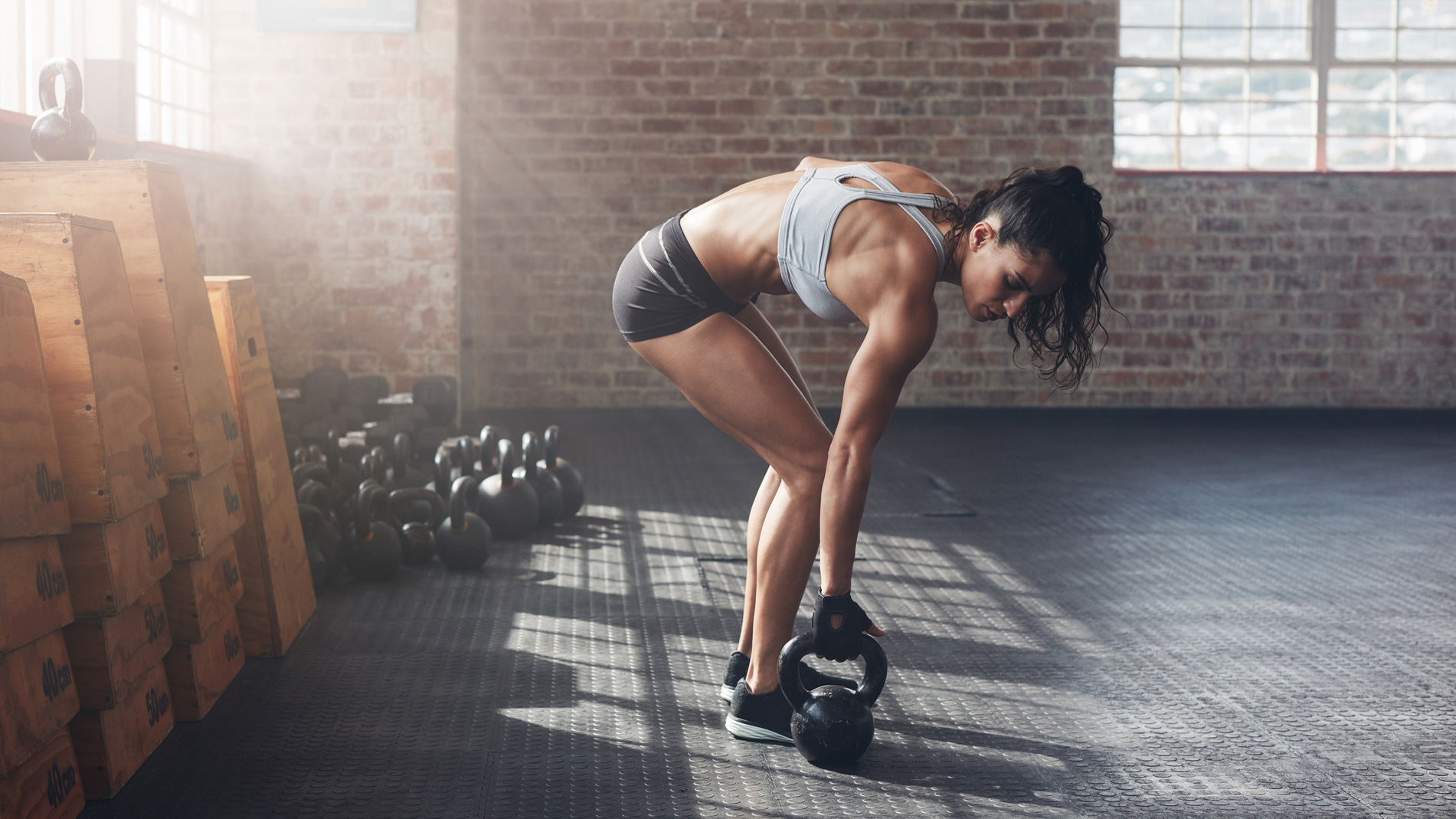Researchers have found a way to lose fat and build muscle at the same time
This tough regime is scientifically proven to promote weight loss and muscle growth, but it's not easy


Burning fat is hard. Building muscle is tough. Trying to do them both together is very difficult indeed. While lots of compound weightlifting movements like barbell squats have a fat-burning effect, it's tough to pack on a significant amount of muscle (which requires you to eat enough to fuel muscle growth) and lose a significant amount of weight (which requires you to eat less calories) in a short amount of time.
Whether you're a habitual user of the best exercise machines to lose weight or you're reading around to find out how to do a bench press, it's worth noting researchers have found a way to do both – burn lots of fat and build lots of muscle – at the same time.
However, a word of caution: the exact routine the researchers used is pretty unsustainable in the long term. It's a tough regime that lasted only a month, and most people should be adhering to a less intense, more balanced routine for a slower, sustainable rate of weight loss and muscle growth. We're presenting this as the research did, but you shouldn't be trying to copy the study exactly unless you're speaking to a professional who can help you complete this short-term challenge.
The researchers from McMaster University took a group of 40 overweight young men and had them follow three simple principles:
- All the men went on a strict calorie-restricted diet, consuming 40% less calories than normal, for one month
- For half of the men, this new diet was very high in protein
- All of the men underwent a month of hard exercise, including lots of resistance training

The research found, unsurprisingly after a month of less food and more exercise, that both groups lost a significant amount of weight. The low-calorie, lower-protein group lost an average of 8lbs. However, the higher-protein group not only lost an average of 10lbs, but experienced muscle gains of around 2.5lbs despite consuming "insufficient" amounts of energy.
McMaster's Professor Stuart Philips wrote: "These guys were in rough shape, but that was part of the plan. We wanted to see how quickly we could get them into shape: lose some fat, but still retain their muscle and improve their strength and fitness.
"We designed this program for overweight young men, although I'm sure it would work for young women too, to get fitter, stronger, and to lose weight fast. It's a tough program and not something that's sustainable or for those looking for a quick and easy fix."
Start your week with achievable workout ideas, health tips and wellbeing advice in your inbox.
Even though the program as a whole isn't sustainable, the takeaway is to exercise, reduce the number of calories you eat in total, and increase the percentage of protein in your diet. Great sources of protein include all meat, dairy, and fish, but vegetarians or vegans can use nuts, grains, pulses, seeds, tofu, tempeh, and more. Our best vegan cookbooks list can be a virtually unending source of inspiration, but if you struggle to get enough protein in your diet, you can always turn to a supplement.
You'll want to check your protein supplement of choice hasn't been bulked out with excess carbohydrates or sugar in an attempt to flavor it unnecessarily. Our best protein powder for weight loss guide is a great place to start.
Matt Evans is an experienced health and fitness journalist and is currently Fitness and Wellbeing Editor at TechRadar, covering all things exercise and nutrition on Fit&Well's tech-focused sister site. Matt originally discovered exercise through martial arts: he holds a black belt in Karate and remains a keen runner, gym-goer, and infrequent yogi. His top fitness tip? Stretch.
